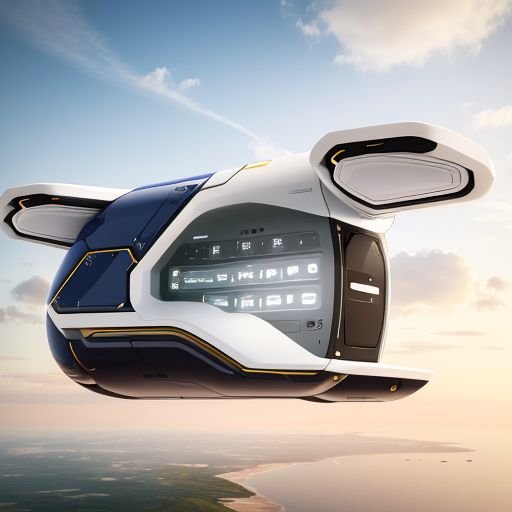
Edit Post
Electric and hybrid aircraft are emerging, with electric propulsion systems aiming to reduce emissions and operating costs for short-haul flights. In contrast, hybrid designs combine traditional jet engines with electric power to enhance efficiency for longer journeys. Supersonic and hypersonic jets are being developed to drastically cut travel times, with technologies capable of speeds exceeding... View more
Electric and hybrid aircraft are emerging, with electric propulsion systems aiming to reduce emissions and operating costs for short-haul flights. In contrast, hybrid designs combine traditional jet engines with electric power to enhance efficiency for longer journeys. Supersonic and hypersonic jets are being developed to drastically cut travel times, with technologies capable of speeds exceeding Mach 5 promising ultra-fast intercontinental flights. Urban air mobility is advancing with electric vertical takeoff and landing aircraft and air taxis designed for efficient, congestion-free travel within cities. Sustainable aviation fuels derived from biofuels and synthetic sources are being introduced to lower aviation's carbon footprint. Autonomous aircraft, leveraging AI and automation, aim to improve safety and efficiency, potentially leading to pilotless commercial flights. Enhanced air traffic management systems using AI and data analytics will optimize flight routes and reduce delays. Airports are becoming greener with sustainable infrastructure and energy-efficient technologies. Passenger experiences are being enhanced with better in-flight connectivity and comfort. Meanwhile, space tourism is on the horizon, with companies developing commercial space flights and expanding the frontiers of aviation. Advanced materials and manufacturing techniques, including lightweight composites and 3D printing, will improve aircraft performance and sustainability. View less
- 0 0
- 0 0
-



